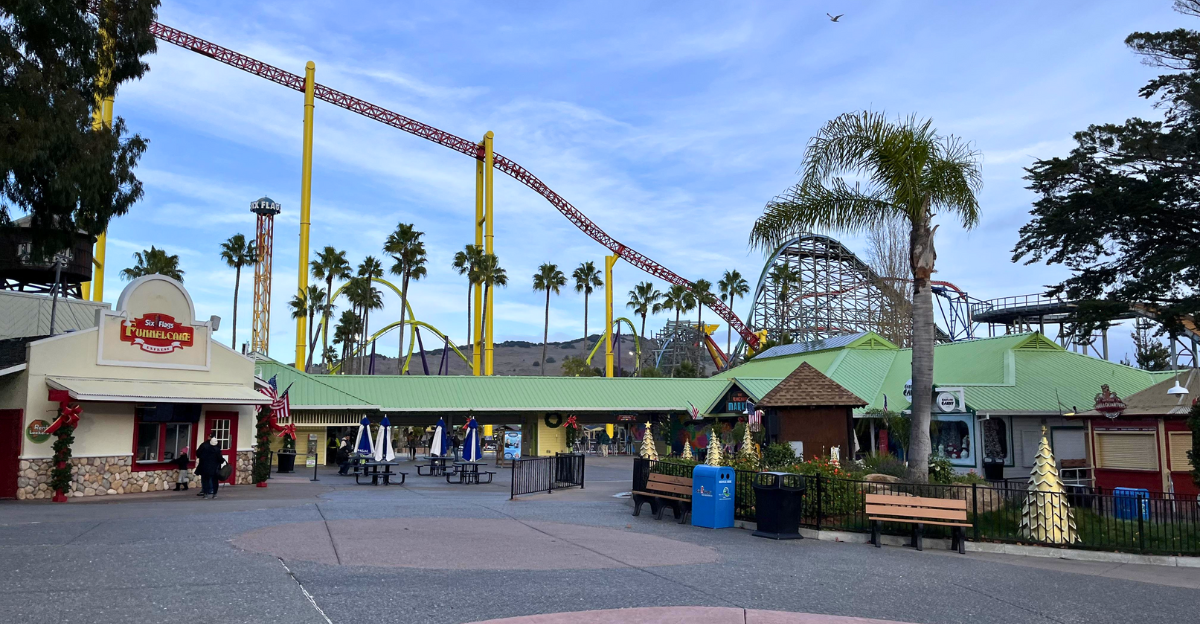
Six Flags stunned thrill-seekers when it announced the closure of Six Flags America and the adjoining Hurricane Harbor after the 2025 season, ending operations, which started in part in 1974, on the 500-acre Maryland property just outside Washington, D.C.
Executives have branded the decision as “difficult” yet necessary, noting that the park no longer aligns with the company’s long-term growth path. The site, famous for nine coasters—including Wild One, a century-old wooden icon—will be marketed for redevelopment.
As the Mid-Atlantic loses one of its Six Flags venue, there’s speculation that more parks are set to close.
Portfolio Pivot
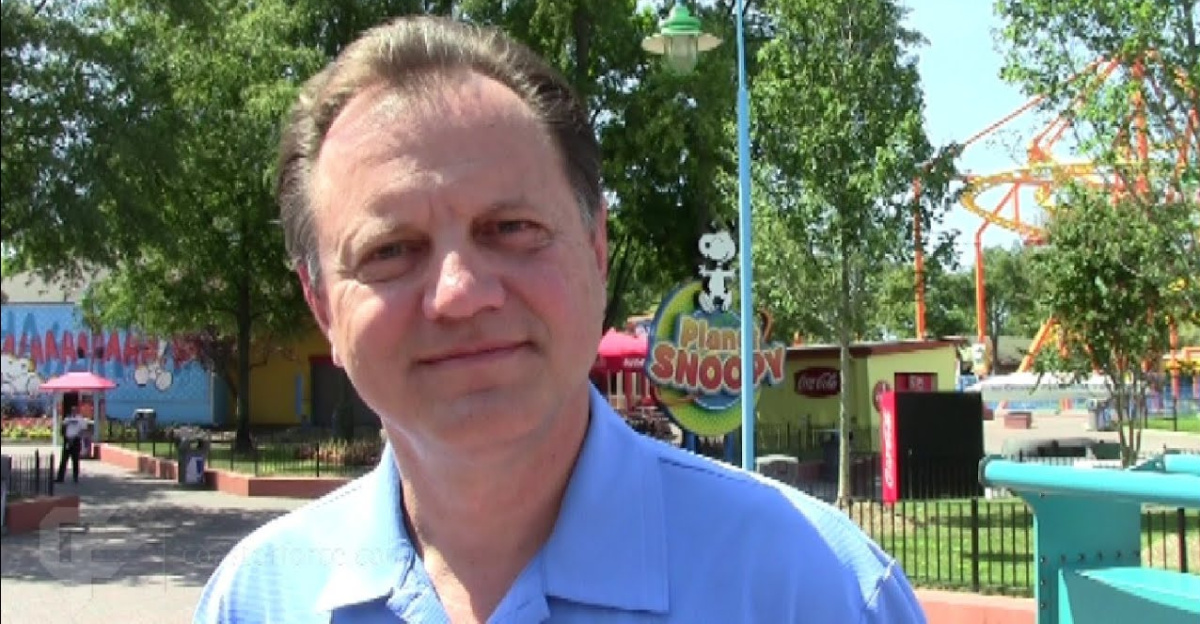
The question is: Why? This imminent closure is attributed to Six Flags’ sweeping “portfolio optimization” review, which was released after its merger with Cedar Fair. CEO Richard Zimmerman told analysts the company is prioritizing parks with higher margins and stronger growth prospects, adding that all 42 properties are under the microscope.
As to whether more parks are marked for closure, leaders concede that “nothing is off the table,” fueling speculation as to which parks might be next.
The strategy is thus, by repurposing the capital assigned to underperforming land, Six Flags can then redirect funds toward technology upgrades, premium food programs, and headline-grabbing rides at the locations that perform well.
Enduring Legacy
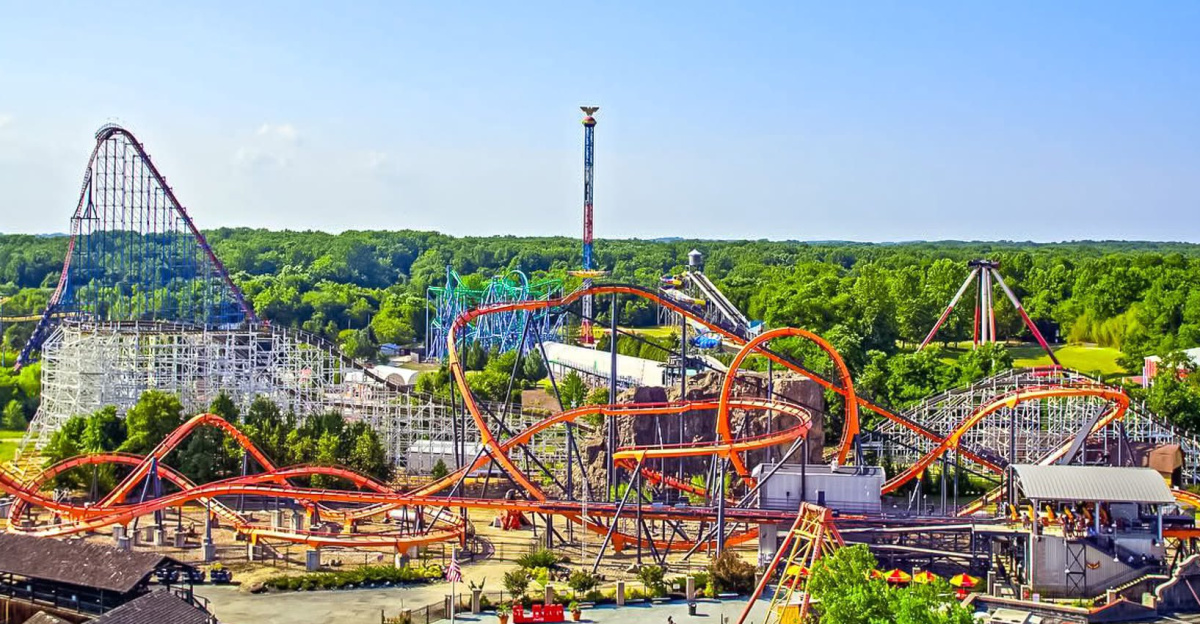
Six Flags America’s arrival in Maryland was a long journey. Originally the land was opened as the Largo Wildlife Preserve in 1974, then reopened as Wild World in 1982. Premier Parks purchased the land and launched Adventure World in 1992, which was finally rebranded as Six Flags America in 1999.
For over five decades the park, in its various forms, served millions of visitors, was the source of roughly 2,000 summer jobs (according to a 2018 report), and boasted milestones such as Batwing, the East Coast’s first flying coaster.
For Prince George’s County residents, fall weekends meant Fright Fest, July nights exploded with fireworks, and the Wild One’s 88-foot plunge echoed across Bowie. These adventures will soon become memories as the theme park closes its doors later this year.
Merger Shakeup
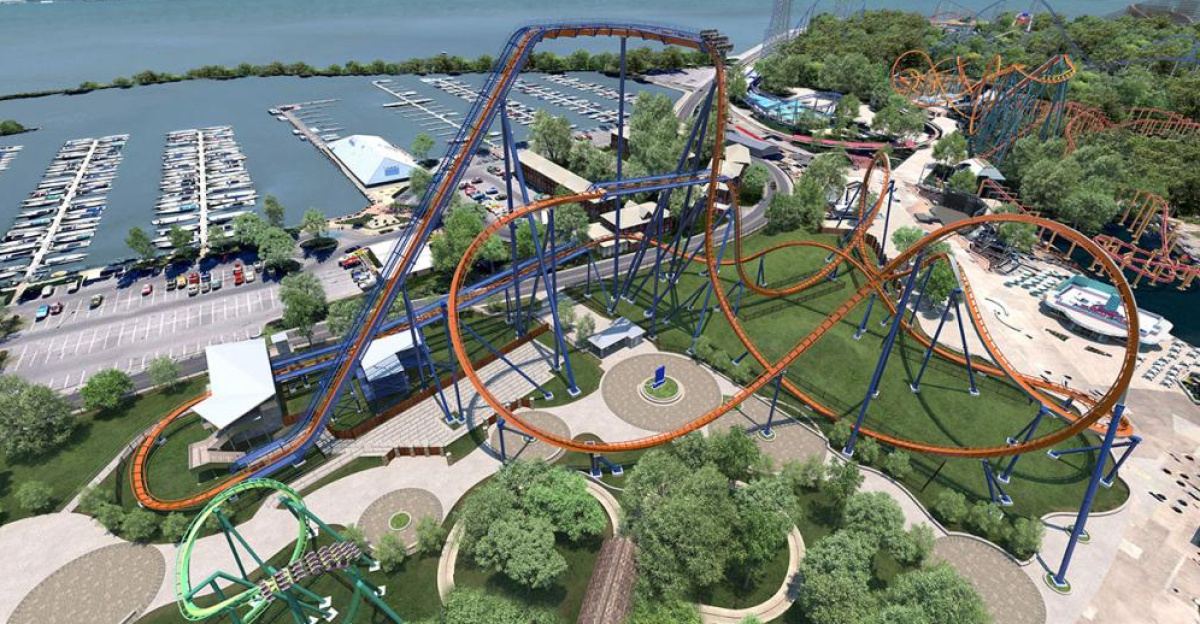
This turn of events can be traced back to the $8 billion merger between parent companies Cedar Fair and Six Flags Entertainment, creating North America’s largest amusement-park operator (Fox Business). The merger saw that both companies came together to form one large company, the Six Flags Entertainment Corporation, which set out to use Cedar Fair’s management playbook.
As reported by Reuters, the merger, which took place in July 2024, quickly produced sweeping cost-savings targets of a reported $120 million annually. Adventure seekers nationwide can now look forward to parks that boast the best of both worlds, as reports of spruced-up restrooms and revamped mobile apps have already made the rounds.
Official Decision
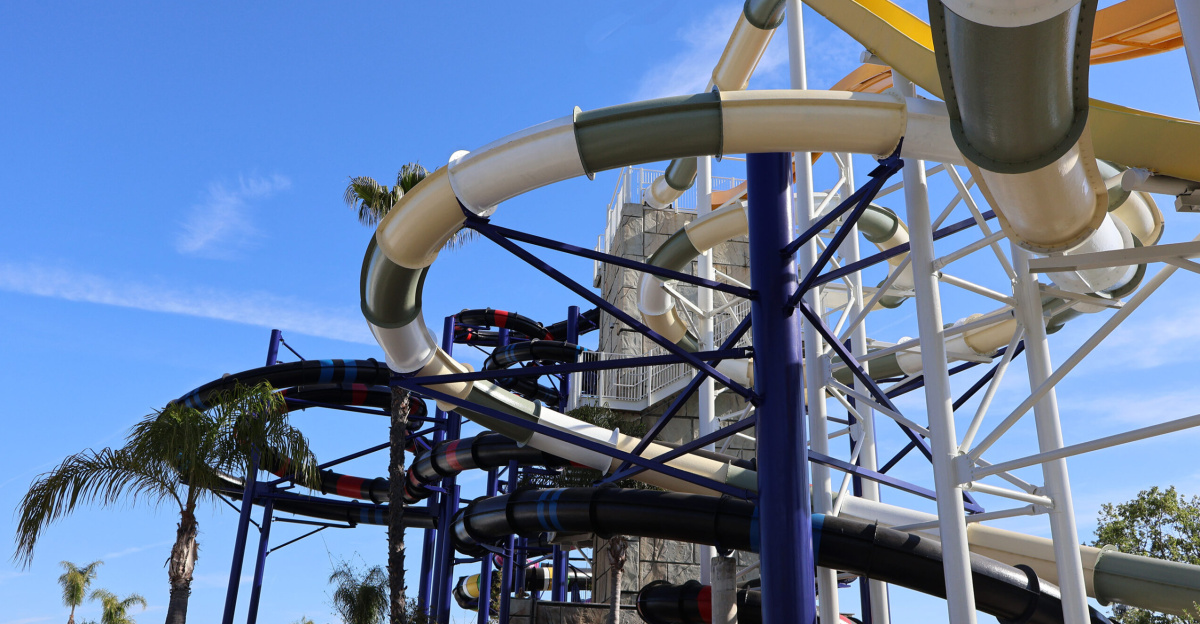
Six Flags Entertainment Corporation made the announcement on 1 May 2025 in a press release, which stated that the land will be up for resale. Six Flags America employed 70 full-time staff, and the statement confirmed that employees would be given severance and other benefits in the wake of the park’s closure.
In the press release, Six Flags President and CEO Richard A. Zimmerman stated that “Six Flags America and Hurricane Harbor have been an important part of the local community, and this final season will be an opportunity to celebrate the decades of fun that guests have enjoyed at the property.”
With the park’s final operating day set for Sunday, 2 November 2025, passholders have until the end of the season to have one last rollercoaster ride.
Shared Fate

Hurricane Harbor, a water park, operated as an integrated part of Six Flags America since 2005, sharing the same 500-acre property with combined admission that made water park access free for theme park visitors.
According to Prince George’s County Executive Tara Jackson, the water park employed many of the same seasonal staff and contributed to the site’s total workforce of approximately 70 full-time employees and hundreds of seasonal workers, generating roughly $3.5 million annually in tax revenue for Prince George’s County.
The closure of the park has sparked debate about what it means for adventure-seekers, local families who look for affordable summer entertainment, and the young workers who relied on seasonal employment to fund their education or gain work experience.
Regional Ripples
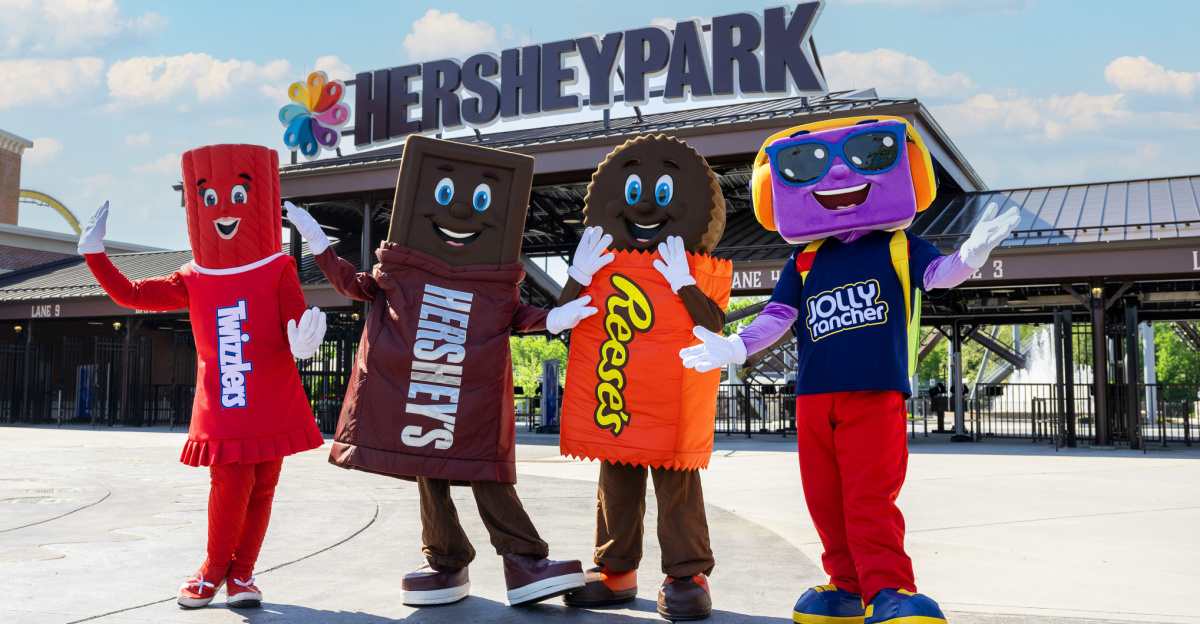
However, all is not lost. Local officials reacted with a mix of disappointment and opportunity. Jackson said in a statement that the park was “a cherished part of our county’s identity, a source of joy for families, and a hub of economic activity.”
Naturally, there is concern from local hotels and tourist attractions that the park’s closure will result in less tourism, however, discounted ‘closure-comfort’ packages, from Kings Dominion and Hersheypark, are reportedly on offer to lure displaced guests according to Fox Business.
According to Theme Park Database analysis, the land could be worth hundreds of millions of dollars. With such a high value property, who knows what might come next for Bowie, Maryland—opportunities abound.
Faces of Loss

As the state faces this tourism loss, DC News Now reported that locals were saddened by the news. In a news report, one woman commented that the park was the “best place to take your kids… to experience great family times.”
Meanwhile, Prince George’s County Council Chair Edward Burroughs III told WJLA: “It’s always disappointing when a staple in the community decides to shut down.”
Known for its affordability, with even critics admitting to its cheap thrills, tickets averaged $39.99, far below Disney’s $109 2025 entry fee. Thus, for thousands, the park’s closure isn’t simply a matter of corporate strategy—it’s the loss of the economic and cultural backdrop of a community.
What Next?

The question remains: Will more parks close? The answer is yes. According to a report by USA Today, CFO Brian Witherow has already flagged California’s Great America as “very low on the ranking of margins,” hinting that its lease may lapse after the 2027 season.
He emphasized that while no decision is final, parks must justify land costs or make way for higher-return ventures. Fans now wonder which parks will fall short and close.
As the countdown clock ticks toward the end of this year’s season, one question looms: can the mega-operator balance financial rigor with the emotional currency that keeps thrill-seekers lining up? The answer may redefine the regional theme-park model.
Farewell Thrills
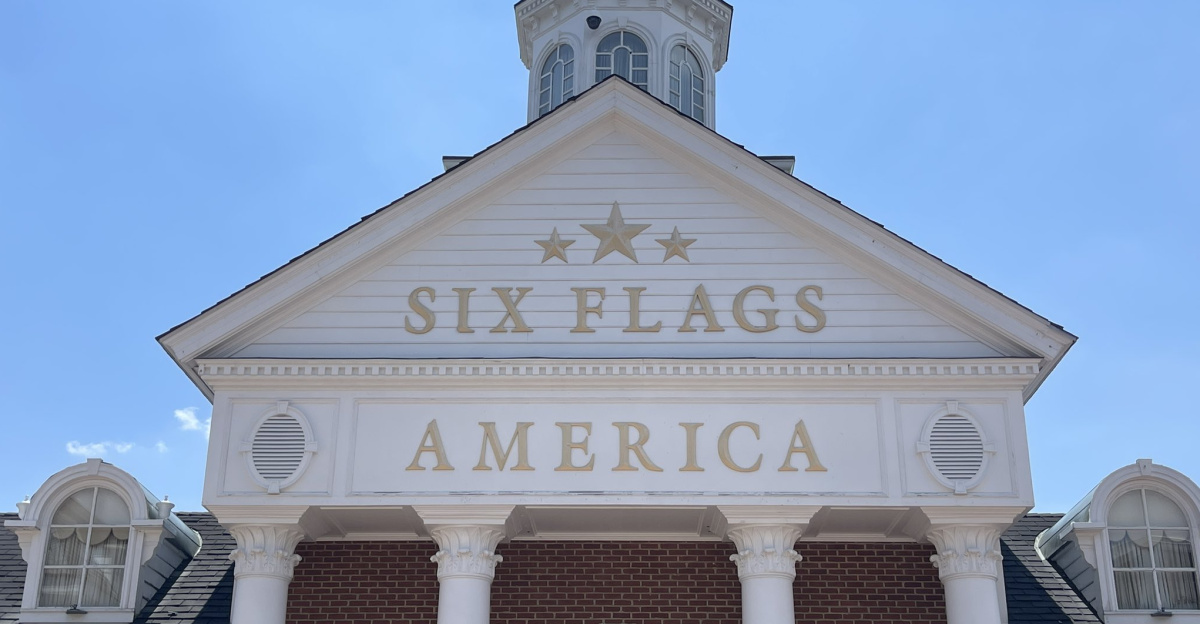
Closing Six Flags America and Hurricane Harbor is bittersweet; it signals a fundamental shift in America’s adventure landscape. While it represents the end of a local tradition, it also foreshadows a new era of theme-park centralization and opportunity.
As the merged Six Flags-Cedar Fair closes its less profitable parks, with California’s Great America being next on the chopping block, America’s adventure seekers confront a future where thrills may become the exclusive domain of those who can afford destination vacations rather than hometown traditions.